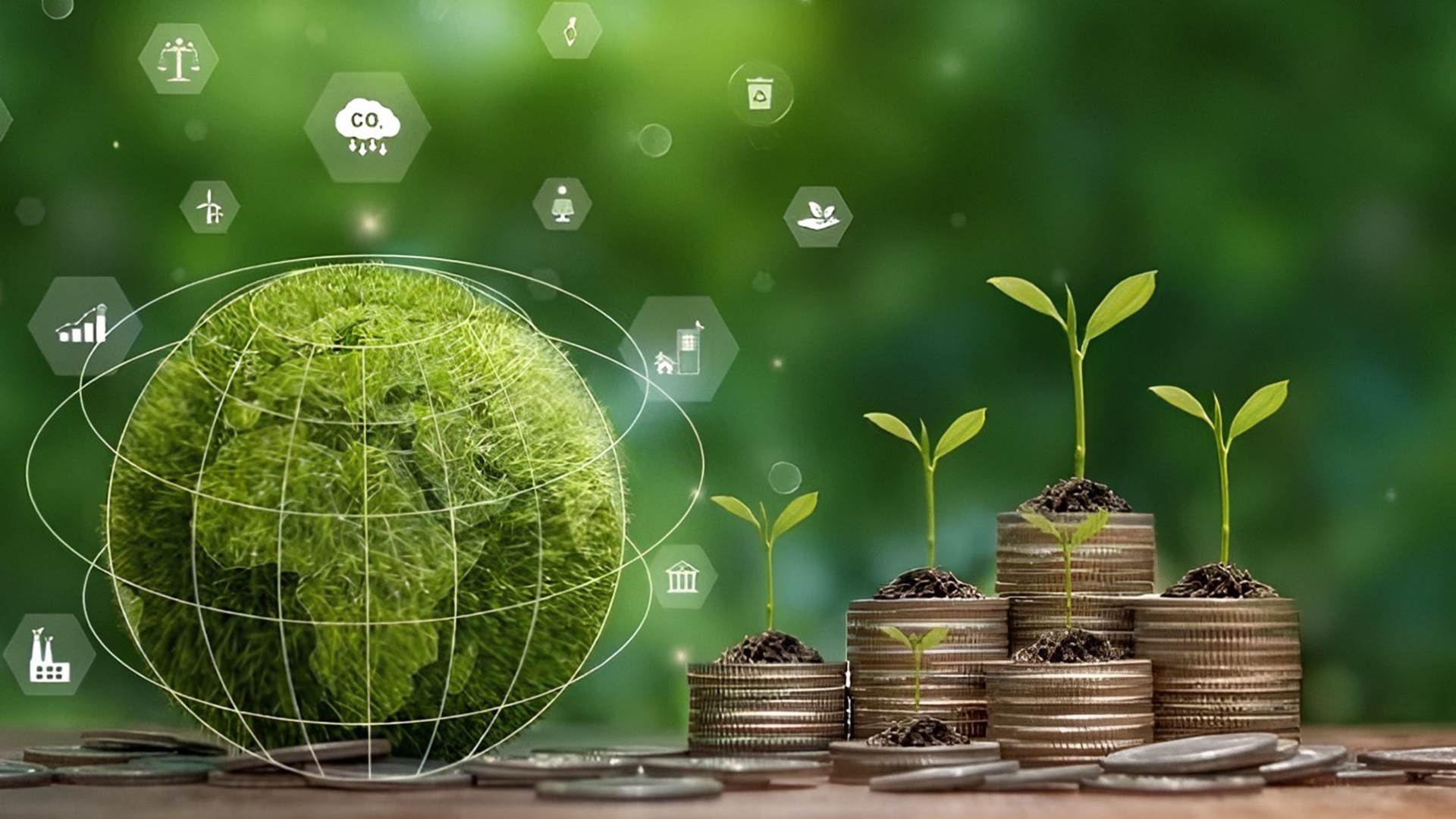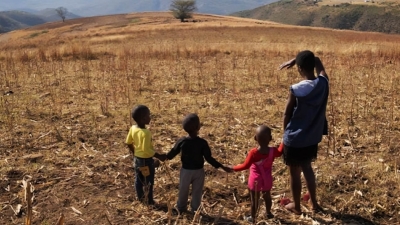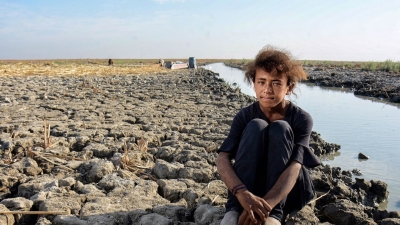Green Finance’s role in facing climate change
First Bank

Climate change is one of the most significant challenges facing the global economy in today's world, affecting financial stability and placing additional burdens that negatively affect continued efforts to achieve the sustainable development goals, and a radical shift towards a more prosperous and secure world, suggesting the need to intensify efforts to deal with these risks and challenges.
Within this framework, the importance of States' adopting plans and programmes for the gradual transformation of environmentally friendly products has emerged over the past years in coordination with all relevant official and local entities through green or sustainable financing.
Green finance is one of the most important tools contributing to enhancing countries' commitment to climate action, being one of the key pillars supporting the development of a resilient system for a sustainable green economy.
Green finance is defined as financing that takes into account the environmental dimension during economic growth by reducing carbon emissions and waste as well as increasing the efficiency of the use of natural resources, according to the Organization for Economic Cooperation and Development.
The importance of green finance lies in raising efficiency levels in the agricultural and industrial sectors, promoting optimal utilization of natural resources, separating and reducing the different impacts on the environment in the context of economic development, by financing green projects in different sectors
The world's countries have paid great attention to the green finance market, which has grown rapidly over the past decade, by devising financial instruments for this type of financing, such as green bonds and instruments, green loans, green investment funds and green insurance.
Green bonds are one of the world's most widespread green financing instruments, distinguishing themselves from traditional bonds for the purpose for which they are used; Allocated to finance projects related to climate and environmental sustainability issues, such as clean energy projects, climate change reduction, sustainable waste management, etc., which, as defined by the World Bank, creates a commitment to spend on green projects.
The issuance of the first green bond dates back to 2008, but global green bond issues increased markedly after 2013; It has more than 300 doubled.
Demand increased after the Paris Climate Agreement entered into force, and green finance continued to increase to $279 bn until September 2021, compared to about $269.5 bn in 2020, $266.5 bn in 2019 and $171.4 bn in 2018, according to Thomson Reuters.
The United States of America led the green finance market, issuing green bonds worth $51.1 bn, followed by Germany at $40.2 bn, France at $32.1 bn and China at $17.2 bn during 2020.
Egypt was not immune from the world's efforts on this file, as Egypt successfully issued the first Government sovereign green bond offering in the Middle East and North Africa, worth $750 million in September 2020, for a five-year rate of return of 5.250, putting Egypt on a sustainable financing map for the green economy.
These bonds saw 16 new investors participate, an unprecedented figure in bond issues, and Europe controlled 47% of these investments, 41% for the United States of America, 6% for East Asia and 6% for the Middle East, demonstrating investors' confidence in the Egyptian economy.







